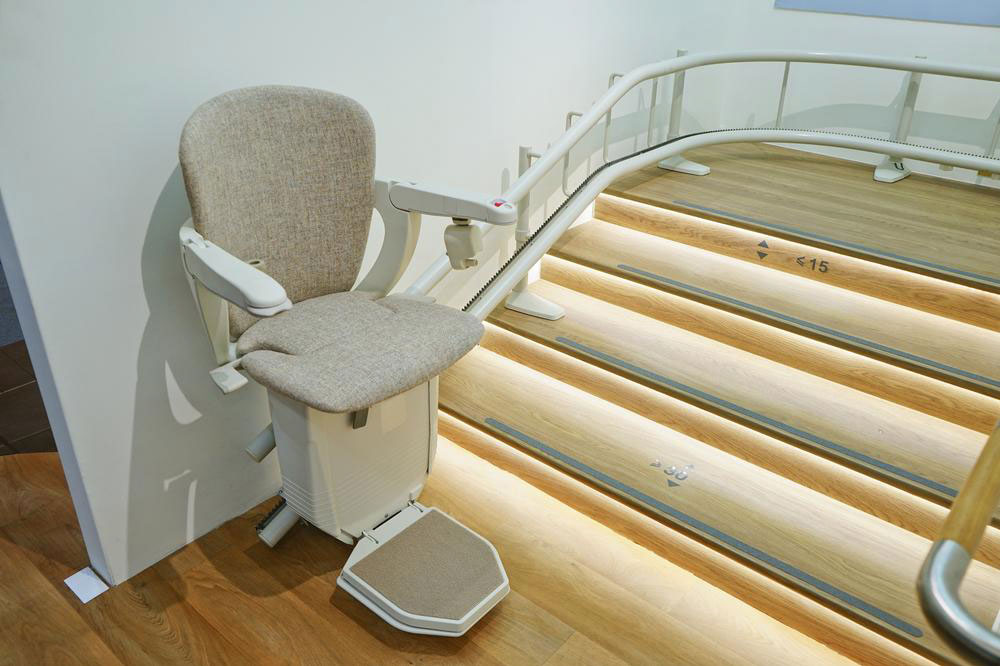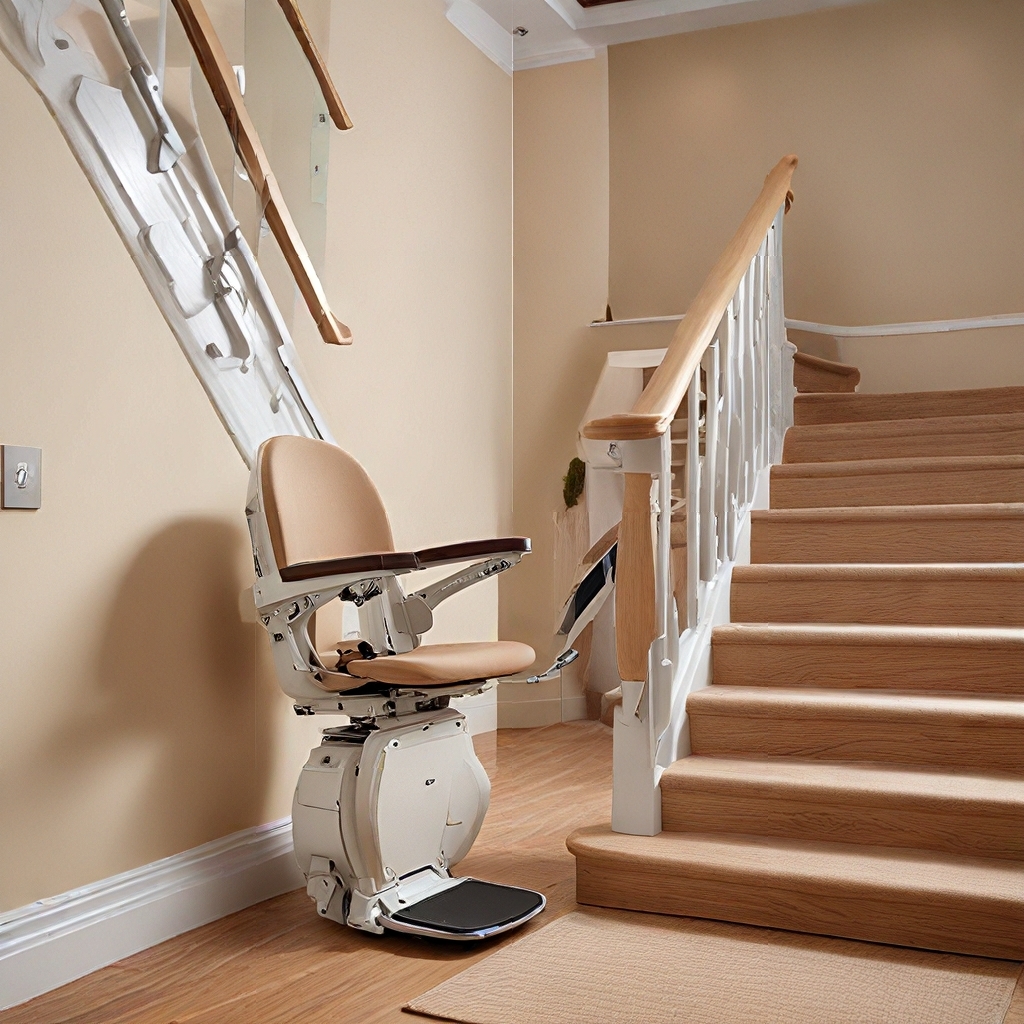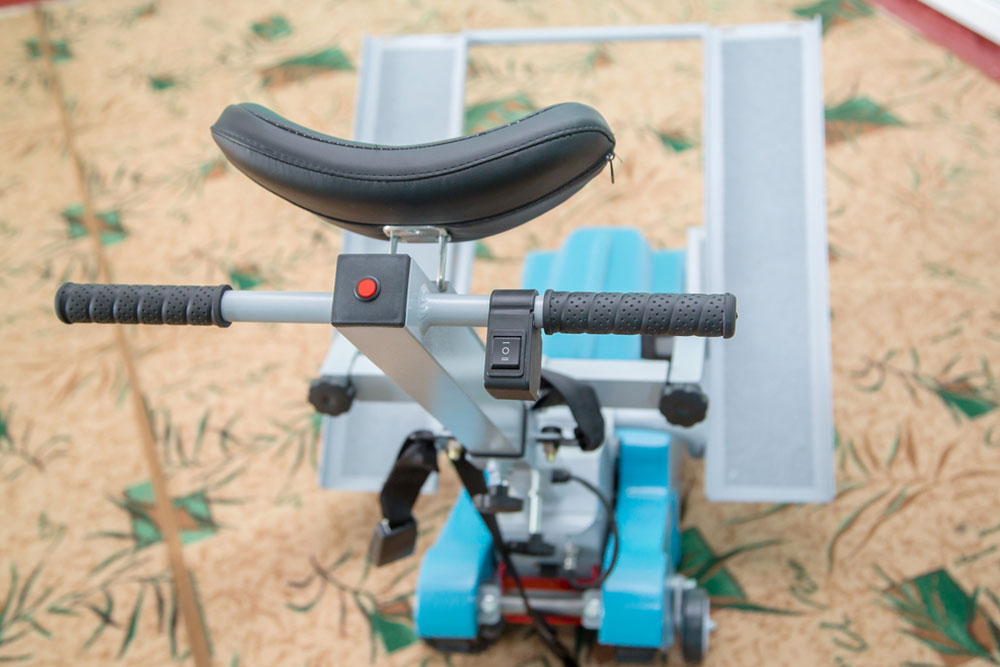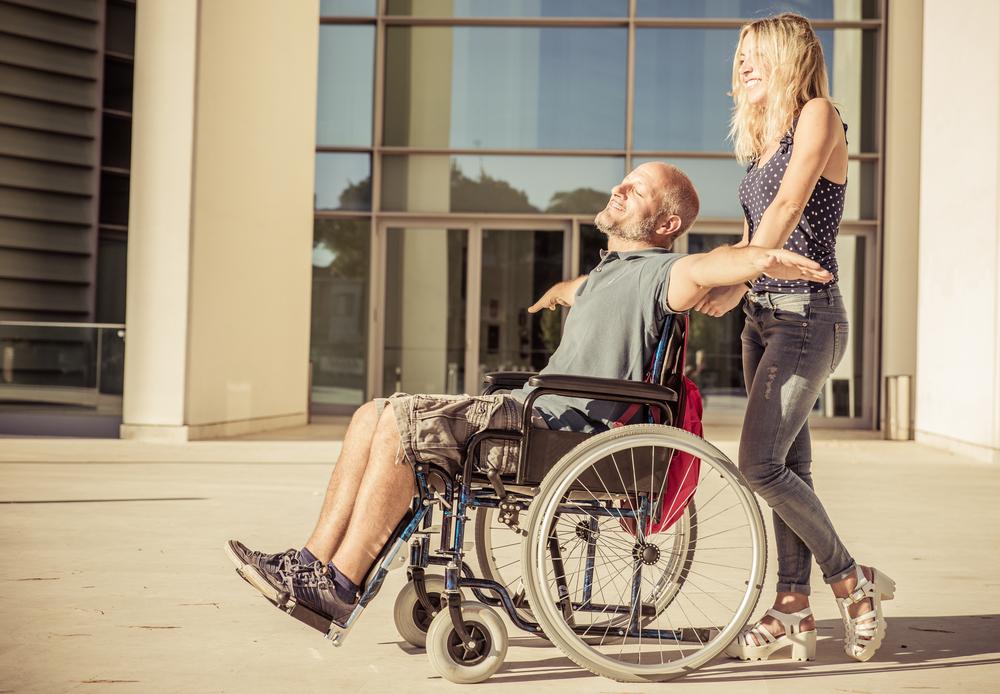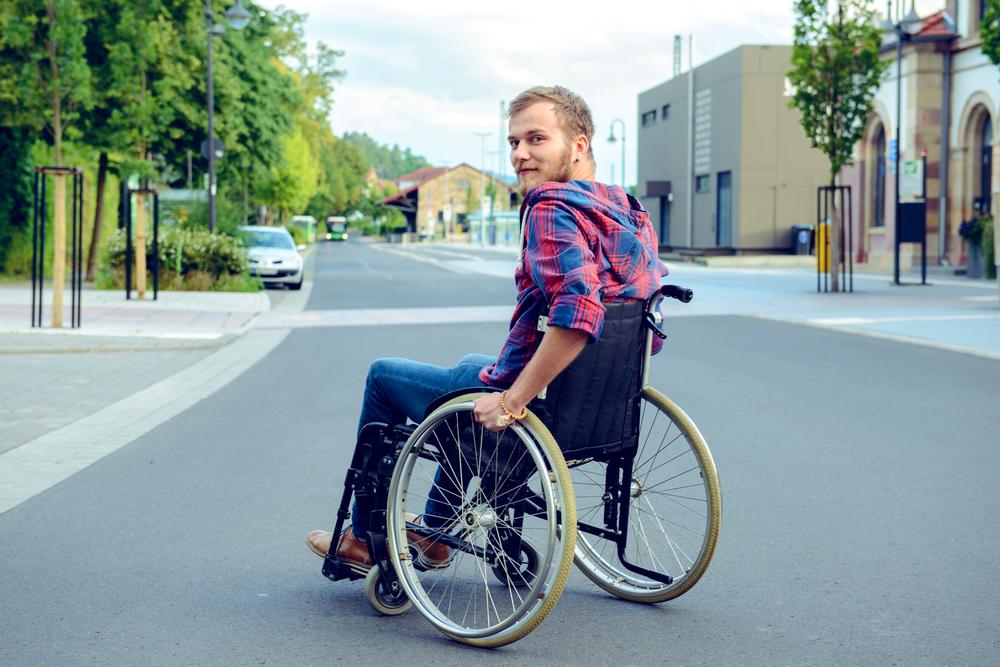Enhance Home Accessibility with Different Types of Stairlifts
This article explores the different types of stairlifts available for home use, including straight, curved, and outdoor models. It discusses their workings, safety features, installation, costs, and tips for financial aid. Ideal for improving accessibility and independence, stairlifts are essential mobility solutions tailored to various staircase types. Understanding these details helps homeowners choose the right device, ensuring safety and comfort while considering budget options and potential discounts or subsidies.
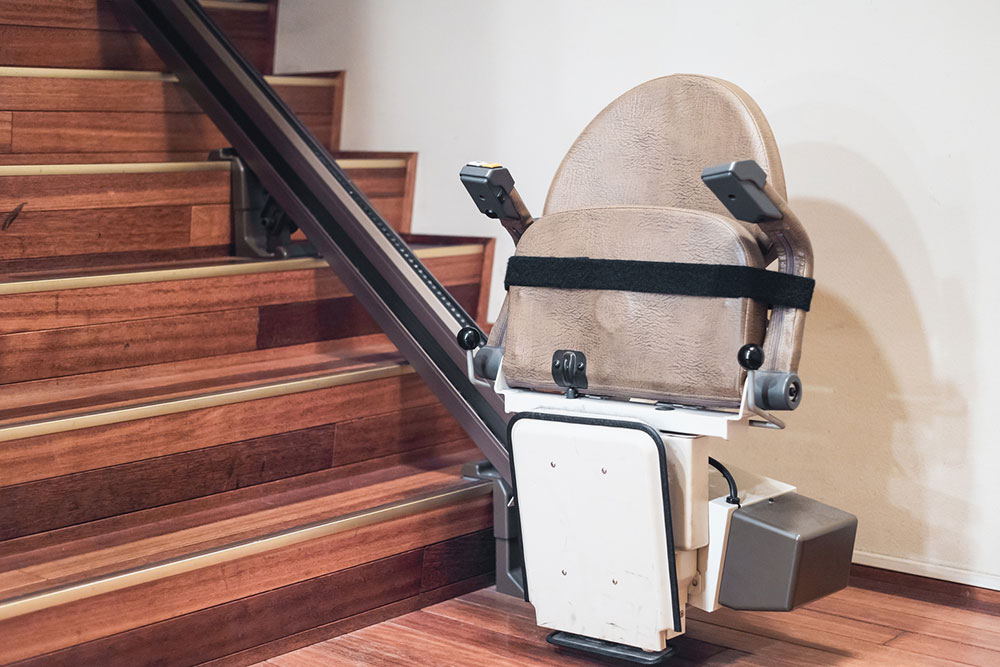
Enhance Home Accessibility with Different Types of Stairlifts
Stairlifts provide a practical solution for improving safety and independence within homes, especially for elderly residents or individuals with mobility challenges. These devices allow users to ascend and descend stairs comfortably without assistance. Various models are available, each tailored to different staircase structures and user needs. Understanding their benefits, installation procedures, costs, and warranty options is vital when choosing the right stairlift for your home.
What is a stairlift?
A stairlift is an assistive device designed to help individuals with limited mobility navigate stairs. It typically consists of a chair, a motor, and a rail system fixed along the staircase.
These lifts are versatile, suitable for straight, curved, and outdoor stairways. Equipped with safety and comfort features, stairlifts are designed to ensure user security and ease of operation.
How do stairlifts operate?
Powered by batteries and connected to a nearby electrical outlet, electric stairlifts use a rack-and-pinion system to move the chair smoothly. Safety mechanisms like emergency brakes and speed limiters enhance user confidence. They travel at about 18 feet per minute, offering a reliable way to transport users up and down stairs without increasing electricity costs significantly. During power outages, the batteries continue functioning for approximately 20 trips, ensuring safety. Proper maintenance, including switching off the isolator switch when not in use, can help extend battery life, which typically lasts between 1 to 5 years. When replacement is needed, professional assistance can evaluate and install new batteries.
Types of stairlifts
Depending on the staircase layout, there are three main types: straight, curved, and outdoor stairlifts. Each type is designed to meet specific structural needs and user preferences.
Straight stairlifts
Ideal for linear staircases, these are the most common and simple models. They typically fit stairways with 12 to 16 steps, up to 12 meters long, making them suitable for most residential settings.
Curved stairlifts
Designed for staircases with bends or turns, curved models are custom-built based on a home survey, or assembled from available rail segments. While tailored curved lifts offer a seamless ride, modular options provide a practical alternative, though with slightly bumpier movement.
Outdoor stairlifts
These durable lifts are perfect for outdoor steps leading to gardens, garages, or patios. Constructed from weather-resistant materials, they include protective covers and sealed rails to withstand external elements. Their portability and foldable design make relocating and storage easy, ideal for moving homes or temporary use.
Cost considerations
Stairlift prices vary based on type, customization, and additional features. Factors such as installation complexity, upgrades, permits, and the age of the equipment influence the overall expense. Approximate costs include:
Straight stairlifts: $2,200–$8,500
Curved stairlifts: $10,500–$27,000
Outdoor lifts: $5,000–$30,000
Secondhand units: $2,000–$3,000
Given the investment, many can claim tax deductions or apply for government grants and benefits through their health insurance. Consulting with healthcare professionals can also help identify financial assistance options.

